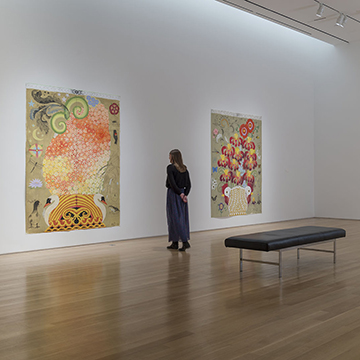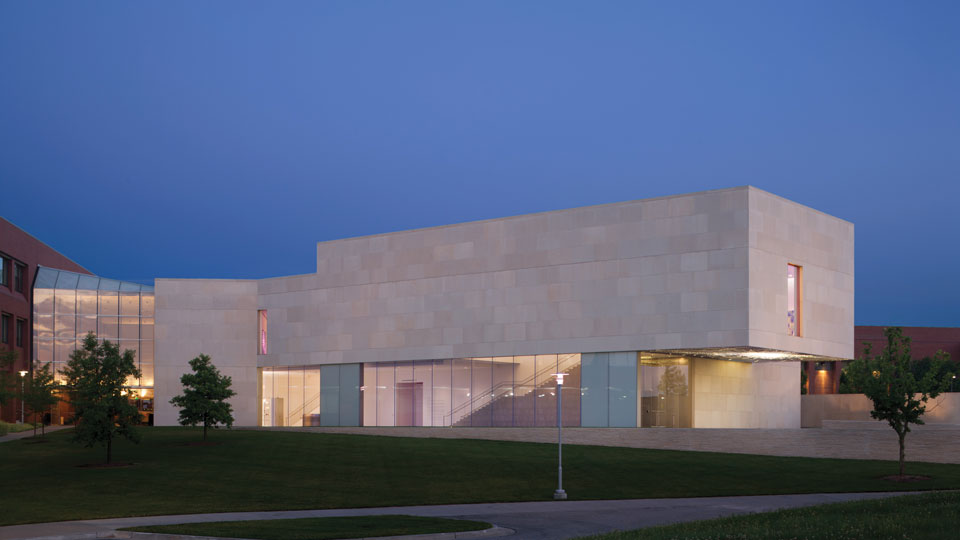Robert Zakanitch · Ephemeral Beauty
Robert Zakanitch has been dealing with the use of pattern and ornament, as form and content, for almost forty years.
Meet Artist Robert Zakanitch
February 4
Closing Reception 6-7 p.m., Nerman Atrium
Lecture and Book Signing 7-8:30 p.m., Hudson Auditorium
FREE and open to the public
Pomegranate is publishing a major 2016 monograph celebrating the artist’s entire body of work with essays by David Pagel and John DeFazio, and a limited number of books will be available for purchase at the event.
Earlier, in the mid-1960s, he had firmly established himself as a Minimalist with his soft-edged geometric color-field paintings. Time magazine art critic, Robert Hughes, cited Zakanitch and his abstract/objective work as one of the best of his generation. But by the early 1970s, Zakanitch was beginning to find the effects of his own formal, closely color-graded canvases “too magical”. The ideas of critic theorist Clement Greenberg, on which Zakanitch and a whole generation of Post-Abstract Expressionists had grounded their work, had begun to seem like an endgame with nowhere to go and “pure painting” was reaching its limits. In 1975, Artforum devoted its entire September issue to “the crisis in painting.”
By that time, Zakanitch had already begun exploring new territory. He began working with “low” motifs—creating open, “painterly” paintings that used wallpaper and linoleum patterns and Czechoslovakian embroidery designs as motifs. These paintings were shown at the Holly Solomon Gallery in the fall of 1975 and gained considerable attention. Zakanitch was quickly seen as one of the founders of what would become known as the “Pattern and Decoration Movement” in the mid-to-late-1970s.
Ephemeral Beauty features mural sized canvasses from Zakanitch’s Big Bungalow Suite series, with works on paper from the series From The Garden of Ordinary Miracles and Hanging Gardens exemplifying Zakanitch’s latest developments.
Born in Elizabeth, New Jersey in 1935, Robert Zakanitch lives and works in New York City. His work has been widely exhibited both nationally and internationally for many decades.






